
 Click the blue text to follow us
Click the blue text to follow us

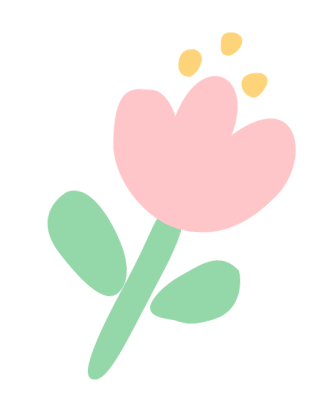
 Alias
Alias
Da Chuanxiong, Chao Chuanxiong, Zhi Chuanxiong, Jiu Chuanxiong, Jiu Yuan Chun, Shan Ju Xiong, Shan Ju Qiong, Hu Qiong, Ma Xian Xiong Qiong, Que Nao, Que Nao Xiong, Jing Xiong, Guan Xiong, Fu Xiong, Tai Xiong, Xi Xiong, Xi Chuan Xiong, Xiao Ye Chuan Xiong, Xiang Guo, Xiong Qiong, Qiong Qiong, Yun Xiong, Ba Xiong, Ying Qiong, Ju Qiong, Jiang Li, Jiang Li, Xiong Wei, Qi Chen, Mi Wu (Miao ethnic name).
Distribution Range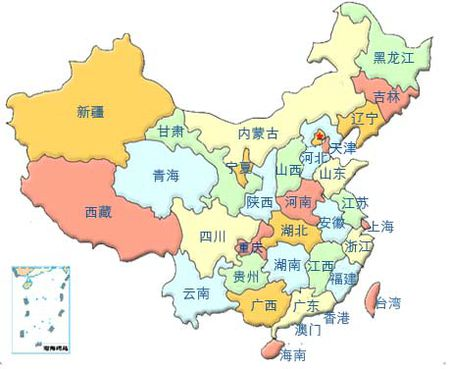
Mainly cultivated in Jiangsu, Zhejiang, Jiangxi, Hubei, Hunan, Guangxi, Sichuan, Guizhou, Yunnan, Shaanxi, Gansu and other regions.
Main Effects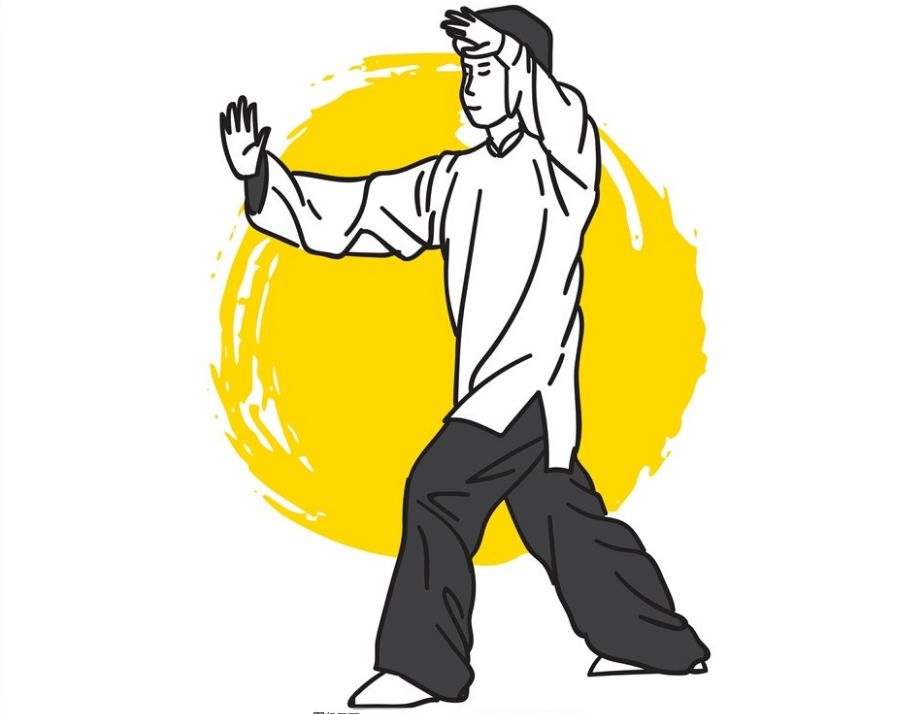 Invigorates blood and promotes qi circulation,expels wind and alleviates pain.Herbal Slice Characteristics
Invigorates blood and promotes qi circulation,expels wind and alleviates pain.Herbal Slice Characteristics
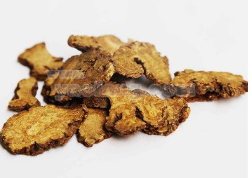

1. Chuanxiong: Irregular thin slices or butterfly-shaped thin slices, refer to the characteristics of the medicinal material.
2. Jiu Chuanxiong: Darker in color, with a slight wine aroma.
3. Chao Chuanxiong, Fu Chao Chuanxiong: Similar in shape to Chuanxiong slices, with a deeper color.
Herbal Slice Precautions
The herbal slice is the dried rhizome of the plant Chuanxiong (Ligusticum chuanxiong). It is mainly produced in Sichuan Province, with production also in Hunan, Hubei, Yunnan, Guizhou, and other provinces, mostly cultivated artificially. It is harvested in summer when the nodes on the stem are significantly prominent and slightly purple, cleaned of soil, sun-dried, and then dried again after removing the fibrous roots.
Storage Method
Store in a dry container, sealed, in a cool and dry place, to prevent insect damage.
Related Combinations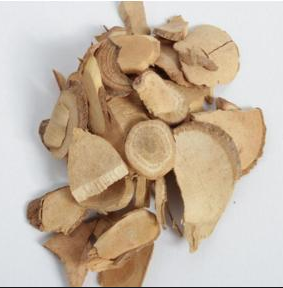
 1 Wu Yao (Lindera aggregate) – flavor and nature: pungent and warm
1 Wu Yao (Lindera aggregate) – flavor and nature: pungent and warm
1. Chuanxiong combined with Wu Yao: Chuanxiong is pungent, warm, and aromatic, capable of ascending and descending, reaching the top and descending to the blood sea, being a qi herb in the blood, effective in invigorating blood; Wu Yao is pungent, opens and warms, ascending to the spleen and lungs, descending to the liver and kidneys, with the function of promoting qi, dispelling cold, and alleviating pain, focusing on promoting qi. The combination of these two herbs works together to invigorate blood, transform stasis, and promote qi to alleviate pain. It is suitable for menstrual irregularities, dysmenorrhea, and amenorrhea caused by qi stagnation and blood stasis.
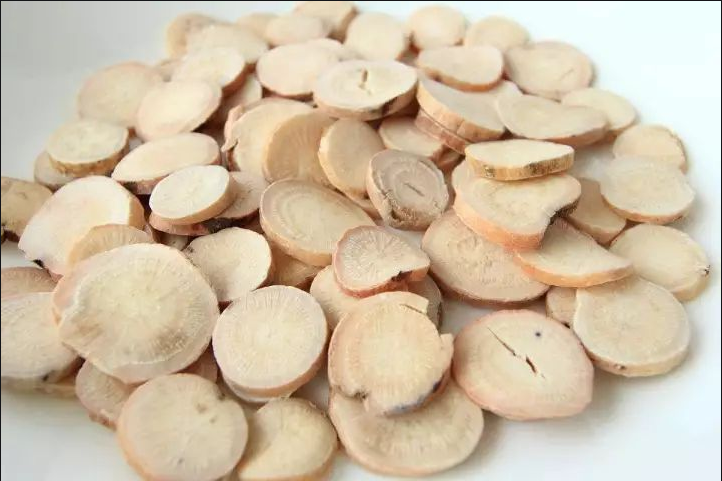
 2 Dang Gui (Angelica sinensis) – flavor and nature: sweet, pungent, and warm
2 Dang Gui (Angelica sinensis) – flavor and nature: sweet, pungent, and warm
2. Chuanxiong combined with Dang Gui: Chuanxiong is pungent, warm, and dry, focusing on invigorating blood and promoting qi; Dang Gui is sweet, nourishing, and slightly dispersing, moistening and greasy, focusing on nourishing and harmonizing blood. The combination of these two herbs achieves the functions of invigorating blood, nourishing blood, and promoting qi, while also moistening dryness, thus dispelling stasis without harming qi and blood, nourishing blood without causing blood stagnation. It is suitable for headaches, menstrual irregularities, dysmenorrhea, postpartum abdominal pain due to blood stasis, and rheumatic pain due to blood deficiency and stasis.

 3 Bai Shao (Paeonia lactiflora) – flavor and nature: bitter, sour, slightly cold
3 Bai Shao (Paeonia lactiflora) – flavor and nature: bitter, sour, slightly cold
3. Chuanxiong combined with Bai Shao: Chuanxiong is pungent, warm, and aromatic, invigorating blood and promoting qi, focusing on ascending and dispersing; Bai Shao is slightly bitter and sour, nourishing blood and astringing yin, focusing on astringing. The combination of these two herbs balances invigorating blood and nourishing blood, soothing and softening the liver, allowing for invigorating blood and dispelling stasis without harming the vital qi, and soothing the liver and relieving stagnation without damaging liver yin. It is suitable for menstrual irregularities, amenorrhea due to liver blood or liver yin deficiency, and chest and flank distension and pain due to liver qi stagnation and blood stasis.
4、 Du Huo (Angelica pubescens), Gui Zhi (Cinnamon twig), Fang Feng (Saposhnikovia divaricata)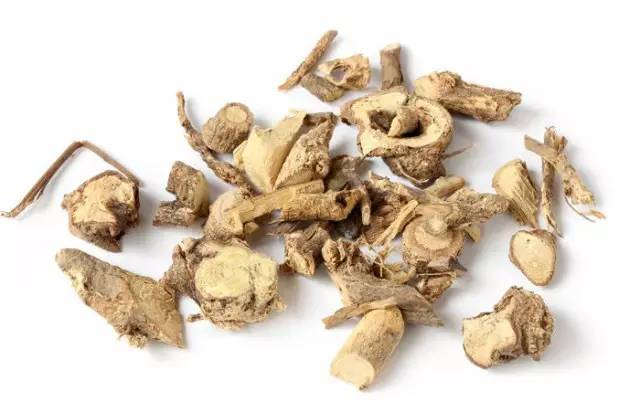
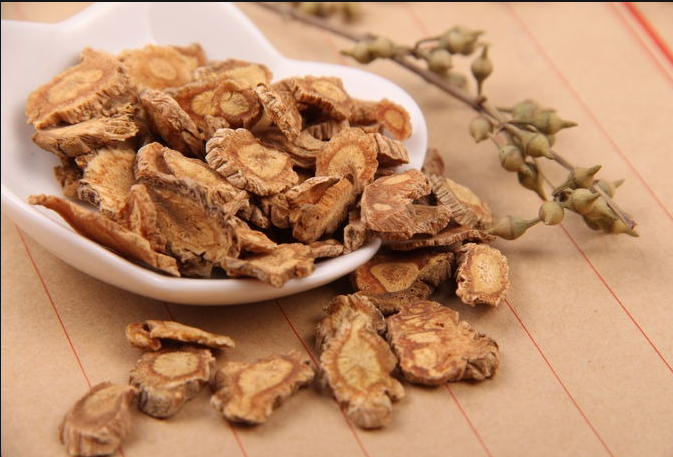
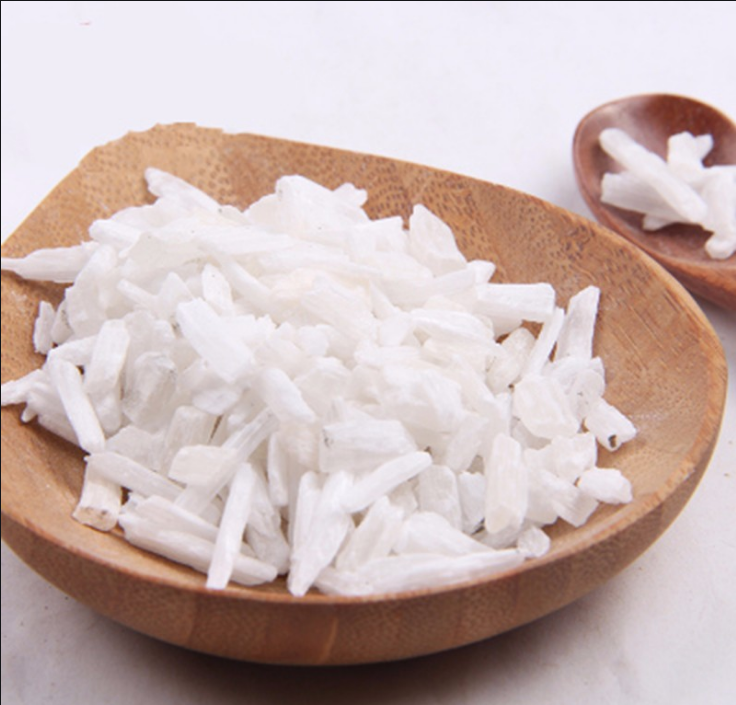
4. Chuanxiong combined with Du Huo, Gui Zhi, and Fang Feng: Treats wind-damp bi syndrome and limb numbness. Headaches and rheumatic pain are treated with this product, which is pungent and warm, capable of ascending to the head, dispelling wind and alleviating pain, thus treating headaches, whether due to wind-cold, wind-heat, wind-damp, blood deficiency, or blood stasis, can be used according to symptoms, hence the saying “headaches are never far from Chuanxiong.” Treats wind-damp bi syndrome and limb numbness.

 5 Shi Gao (Gypsum) – flavor and nature: sweet, pungent, and very cold
5 Shi Gao (Gypsum) – flavor and nature: sweet, pungent, and very cold
5. Chuanxiong combined with Shi Gao: Chuanxiong is pungent and warm, with a strong aroma, being a qi herb in the blood, ascending to the head and descending to the blood sea, capable of dispersing wind from the liver meridian, treating Shaoyang and Jueyin headaches; Shi Gao is sweet, pungent, and bland, cold and cool, heavy and descending, being a herb for clearing heat in the qi level, focusing on clearing internal heat, with a pungent flavor that also has the ability to penetrate, thus relieving heat from the muscle surface. For headaches caused by wind evil, wind herbs are often used for treatment, as only wind herbs can reach the top. Chuanxiong and Shi Gao, one for blood and one for qi, one hot and one cold, ascending and descending, preventing Chuanxiong from ascending too much and preventing Shi Gao from causing cold stagnation. Treats wind-heat headaches.
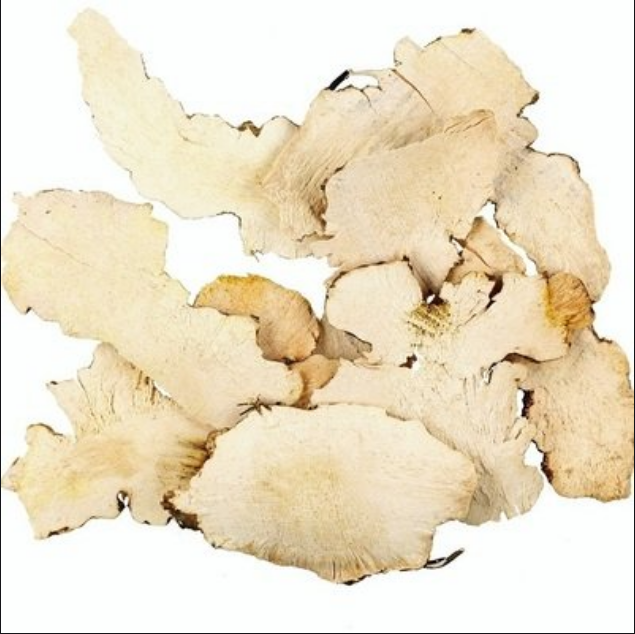
 6 Tu Fu Ling (Poria cocos) – flavor and nature: sweet, bland, and neutral
6 Tu Fu Ling (Poria cocos) – flavor and nature: sweet, bland, and neutral
6. Chuanxiong combined with Tu Fu Ling: The head is the meeting of all yang, generally susceptible to external evils, often accompanied by wind, hence the saying “only wind can reach the top.” Chuanxiong can invigorate blood and dispel stasis, expel wind and alleviate pain, and is excellent at dispersing, also promoting qi, being a “qi herb in the blood.” Ascending to the head, it is a key herb for treating headaches. Tu Fu Ling clears heat and detoxifies, promotes dampness and unblocks channels. The combination of these two herbs elevates the clear and descends the turbid, invigorates blood and promotes qi, and clears damp-heat. Treats liver qi stagnation and damp-heat headaches.
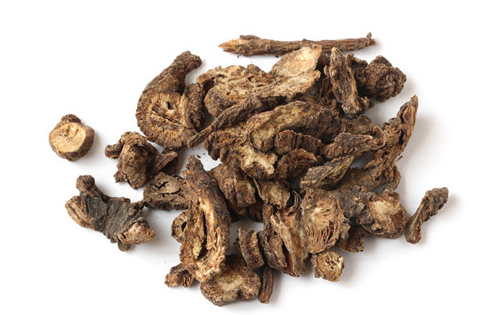
 7 Qiang Huo (Notopterygium incisum) – flavor and nature: pungent, bitter, and warm
7 Qiang Huo (Notopterygium incisum) – flavor and nature: pungent, bitter, and warm
7. Chuanxiong combined with Qiang Huo: Chuanxiong is pungent and warm, capable of invigorating blood and promoting qi, dispersing without being restrained, being a “qi herb in the blood,” capable of ascending to the blood sea; Qiang Huo is pungent and bitter, warm and dispersing, with a strong aroma, capable of unblocking channels and dispersing wind. The combination of these two herbs allows for the external resolution of wind evil, harmonizing the meridians, and nourishing the sinews. Treats pregnancy wind spasms and eclampsia.
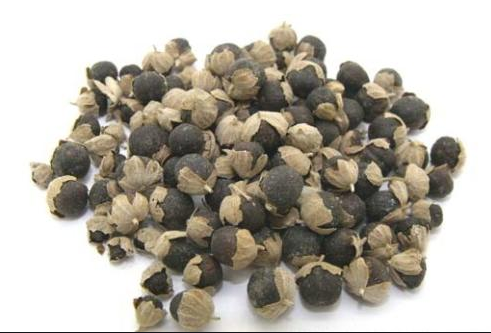
 8 Man Jing Zi (Vitex negundo) – flavor and nature: pungent, bitter, and cold
8 Man Jing Zi (Vitex negundo) – flavor and nature: pungent, bitter, and cold
8. Chuanxiong combined with Man Jing Zi: Blood deficiency leads to wind, disturbing the clear orifices, hence headaches. To treat wind, one must first treat blood. Chuanxiong is pungent and warm, with the function of invigorating blood and promoting qi, being a “qi herb in the blood,” and its nature is ascending and dispersing, excellent for treating headaches. Man Jing Zi is pungent and bitter, slightly cold, with the ability to disperse wind and clear heat, light and floating, primarily dispersing evils from the head and face. The combination of these two herbs works together to nourish blood and dispel wind. Treats blood deficiency headaches.
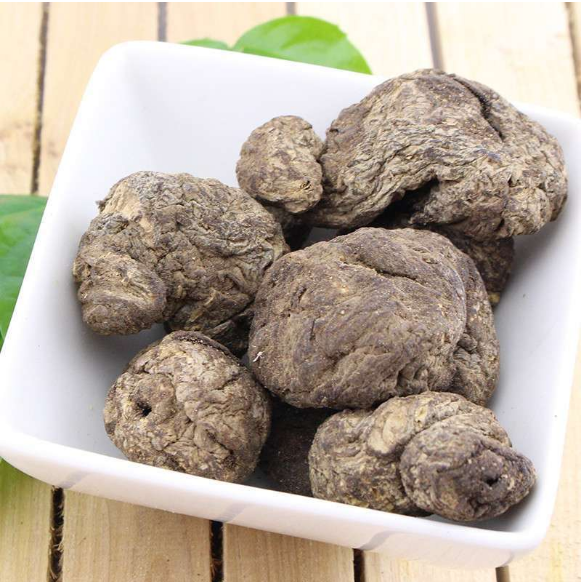
 9
9
Sheng
Di (Rehmannia glutinosa) – flavor and nature: sweet and cold
9. Chuanxiong combined with Sheng Di: When the blood chamber is empty, the vital energy is not vigorous, hence there is often a feeling of qi sinking down, leading to blood collapse at times. Chuanxiong specifically lifts the sinking vital energy, while Sheng Di nourishes the empty blood chamber. The combination of these two herbs, with their similar flavors and strong effects, can nourish the blood chamber, invigorate the vital energy, thus ensuring the Chong and Ren channels are intact, preventing blood from collapsing at times. Treats blood collapse and sinking qi, with a wiry and rapid pulse.
Precautions
1. Pregnant women should avoid use.
2. Excessive or improper use of Chuanxiong can lead to toxicity.
3. Women with excessive menstrual bleeding and bleeding disorders without stasis should avoid use.
4. Caution should be taken with Chuanxiong for headaches caused by excessive liver yang.
5. Its warm and dry nature may consume blood and injure yin; it is not suitable for those with yin deficiency and excess heat, with a red tongue and dry mouth.
6. When administered intravenously, it is advisable to start with a small dose and then gradually increase, otherwise allergic reactions and other side effects may occur.
Dietary Therapy
1. Huangqi Chuanxiong Congee: Nourishes qi, stabilizes pregnancy, invigorates blood, and alleviates pain. Suitable for qi deficiency with fetal movement, abdominal pain, and bleeding. Boil 30g of Huangqi, 5g of Chuanxiong, 5g of Sand Ginger, and 10g of Sangjisheng in water, then add 10g of glutinous rice, wash it, and cook it in a clay pot until it becomes thick.
Take in three portions daily, warm.
2. Chuanxiong Boiled Eggs: Treats migraines, using 15g of Chuanxiong, boil in water to extract the juice, then use the juice to boil 2 eggs. Take at once, once daily, for 5-7 days as a course of treatment.
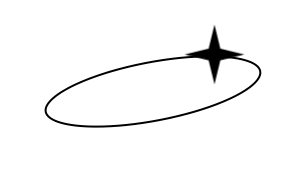
(Content sourced from the internet, for reference only)
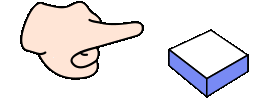 Welcome to like and leave a message
Welcome to like and leave a message
This issue of “Species Calendar | Chuanxiong” ends here, welcome everyone to leave a message.
Warm Reminder
If you like this article, please share it with your friends, and if you want to get more information, please follow me.

